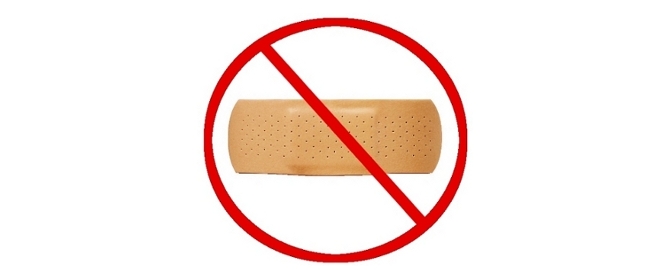
Become Obsolete. In the fall of 2011 I heard Jay Parkinson of Hello Health speak at TedXMidAtlantic on the integration of technology and healthcare access. The entire talk was engaging, but those two words struck me: “become obsolete.”
That’s it. Engage in a way so that you aren’t needed anymore. Heal the source of the problem instead of sticking a band-aid on the wound. The difficult part is that our society often caters to the band aid approach. For if we’re no longer needed, how will we pay the rent? It’s a challenge we need the courage to tackle.
The key to becoming obsolete is identifying the problem, and then identifying its root. In the field of community development, problem identification often revolves around need, which in turn breaks down to perceived versus actual need. The difference between these needs is crucial to placemaking and community development.
Perhaps as an outsider, you’re frustrated by the lack of street signs and navigation in an area. You perceive the need as signage, to facilitate clear routes and to make the place easier for outsiders to visit. The residents, however, do not drive. They don’t need street signs — they know where they’re going and how to get from point A to B on foot or via public transit. What they need, in fact, are streetscapes that make walking safer and sheltered bus stops. The actual need is to make their pedestrian and public transit-heavy way of life safer and more convenient. This actual need is the solution to a sustainable and strong neighborhood, rather than a quick fix to attract the occasional passer-by.
I think of perceived and actual need in direct relation to the latest spike in Baltimore’s crime statistics. Every morning I check my twitter feed and my heart breaks a little bit. Today it was the recap of three overnight shootings. The morning updates of death and violence continue to pop up, and can be explained as simply as, something, somewhere, is broken. From what I understand, police are all over the western district right now, as their presence is expected to deter crime from taking place. While I have only headlines and crime maps to inform me of these trends in violence, my assumption is that their presence isn’t working. If it were, my Twitter feed would be silent. Their presence would, in fact, become obsolete. Maybe the perceived need for a police presence isn’t meeting the actual need, which may be something else entirley.
In graduate school I learned of the concept of infinite regress — the idea that we can always blame one more person for a perceived fault. For example, perhaps it’s not you fault there’s a hole in your shirt, it’s probably the fault of the manufacturer for using low grade fabric. Or maybe it’s the fault of the workers who produce the shirt for the manufacturer. Or it’s the fault of the boss who directs the workers who… you catch my drift. We have an innate need to point a figure and direct blame — primarily, I would assume, because we feel a need to fix the broken piece. In all of our professions, our job is to identify the problem so we can fix it. We exist, I would hope, to make things better.
This past week at Ignite Baltimore, a city employee stood up and expressed the desire to be innovative, but the inability to do so. Again, I was crushed. The constraints institutions put on employees to maintain the status quo doesn’t foster the development of new ideas or the ability to solve old problems. One of my favorite stories came out of Victoria, British Columbia two years ago, when officers began to carry lollipops in order to placate rowdy bar-goers or loiterers. Not only is it difficult to yell with a lollipop in your mouth, but fewer words led to fewer altercations, the sugar was calming, and the ‘pacifier effect’ seemed to steady those who may have been riled up.
We need the infrastructure to try new things and the courage to not be needed anymore. Doing more of the same, like increasing police presence, won’t ever be a long-term solution to crime. If you always do what you always do, you’ll always get what you’ve always got, and what we’ve currently got is far from optimal.


